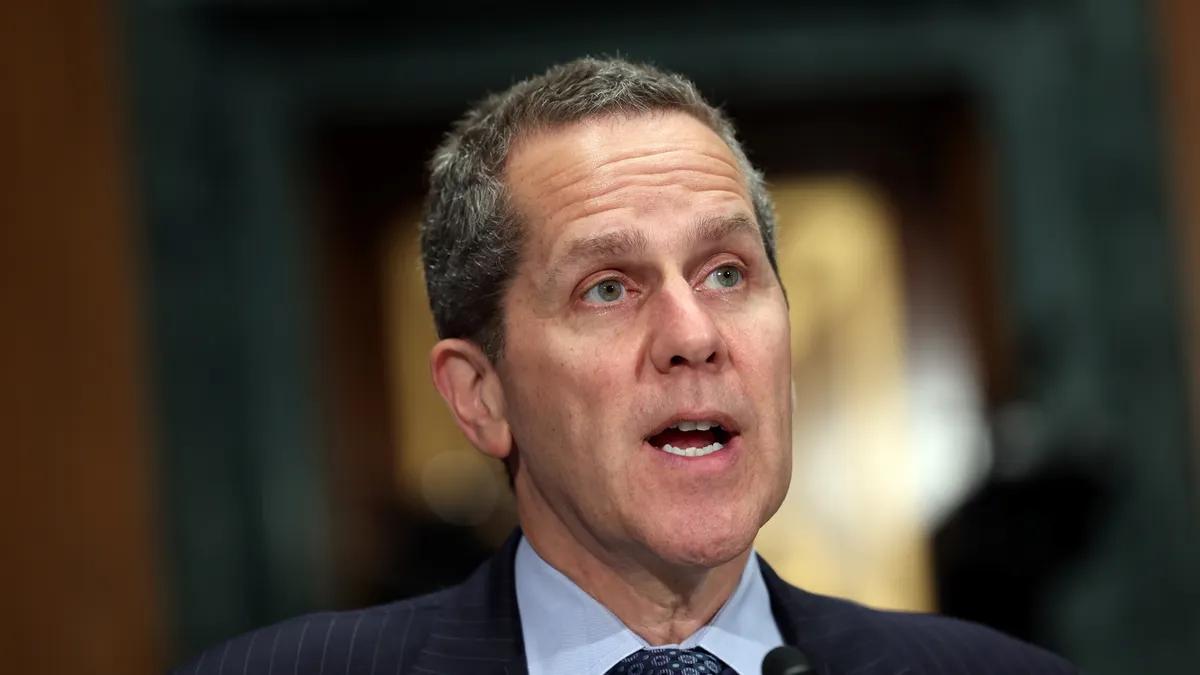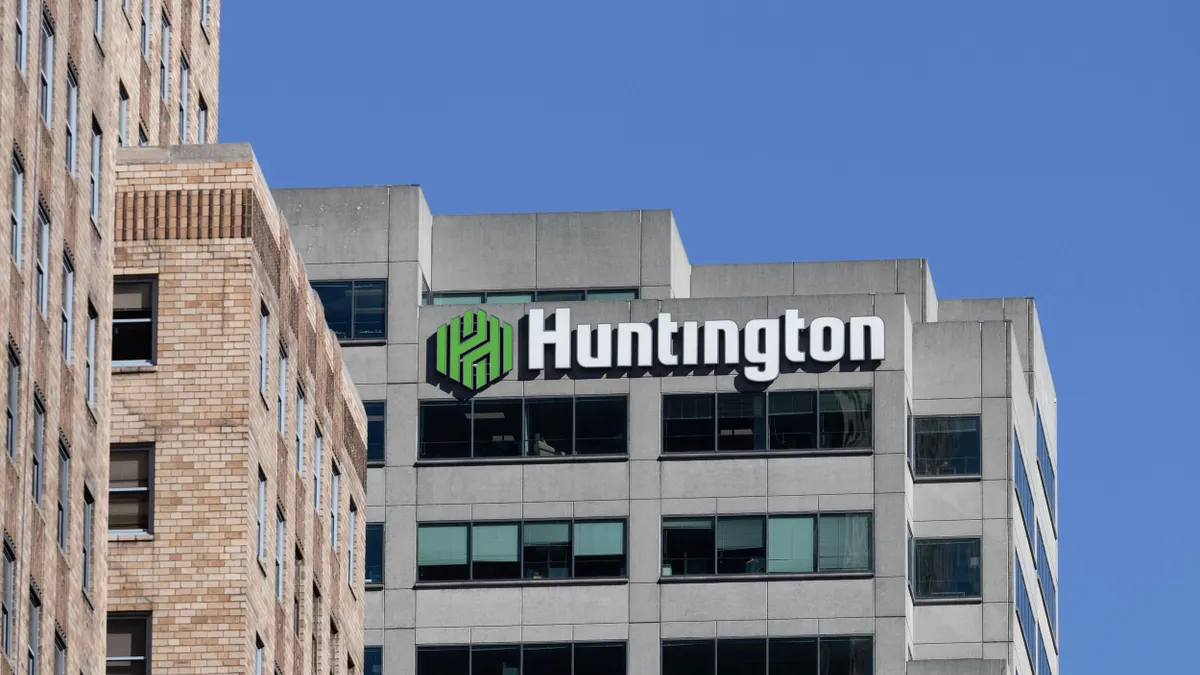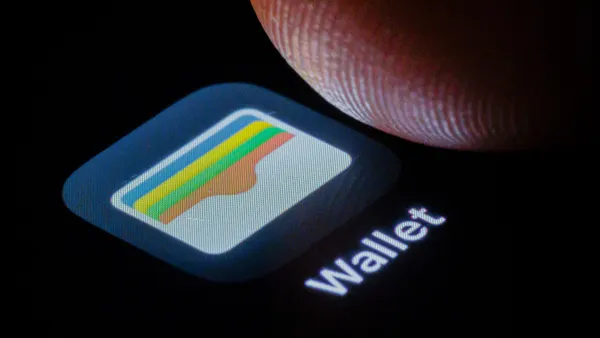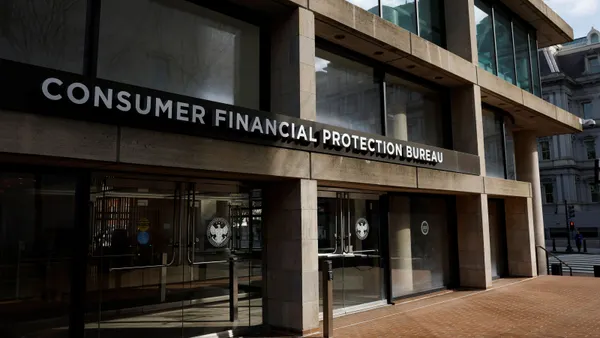Dive Brief:
- Stablecoins offer enormous opportunities to create new financial products and services but also immense risks if regulators impose insufficient guardrails, Federal Reserve Gov. Michael Barr said in a speech Thursday.
- The cryptocurrency will likely prove most useful for cross-border payments, remittances, trade finance and global companies’ internal treasury functions, Barr said at the 2025 DC Fintech Week conference.
- The Genius Act left much of the ultimate framework for stablecoin oversight to state and federal regulators implementing its provisions – requiring them to be mindful of multiple risks, Barr said. “Caution is warranted because of the long and painful history of private money created with insufficient safeguards,” he said, citing numerous bank runs and periods of market stress.
Dive Insight:
The “quality and liquidity” of stablecoins is critical to their “long-run viability” because they’re not supported by deposit insurance, nor can their issuers access central bank liquidity, Barr noted.
Meanwhile, issuers keep the profits that come from investing their reserve assets and “have a high incentive to maximize the return on their reserve assets by extending the risk spectrum as far out as possible,” he said.
“Stretching the boundaries of permissible reserve assets can increase profits in good times, but risks a crack in confidence during inevitable bouts of market stress,” said Barr, the Fed’s former vice chair for supervision.
“Stablecoins will only be stable if they can be reliably and promptly redeemed at par in a range of conditions, including during stress in the market that can put pressure on the value of even otherwise liquid government debt, and during episodes of strain on the individual issuer or its related entities,” he added.
Private money is “vulnerable to run risk” – even when it’s backed by high-quality assets – when creditors begin to question the vulnerability of those assets, Barr said.
He cited a September 2008 incident in which a money market fund, the Reserve Primary Fund, “broke the buck” by falling below $1, a day after Lehman Brothers’ bankruptcy declaration. Investors began to doubt the value of the assets underlying the fund.
As an example of another potential risk for stablecoins, Barr cited the overnight repo, or one-day cash lending market, a commercial debt market that often uses U.S. Treasuries for collateral. Under the Genius Act, a stablecoin issuer can include any medium of exchange “authorized or adopted by a foreign government” to serve as a reserve asset, he said.
That means a cryptocurrency such as Bitcoin could become a reserve asset in the overnight repo market, Barr said, citing El Salvador’s authorization of Bitcoin use for transactions.
“In a case of stress experienced by the issuer or counterparty, or if Bitcoin were to drop sharply in value, a stablecoin issuer could be stuck holding the Bitcoin that had declined in value, potentially compromising the one-to-one backing of the stablecoin liabilities,” he said.
To become viable, stablecoins will require “tight control over reserve assets, coupled with supervision, capital and liquidity requirements, and other measures,” he said.
As a result, Barr said, federal banking agencies and states should coordinate on comprehensive rules “that can fill in important gaps and ensure that there are robust guardrails to protect users of stablecoins and mitigate broader risks to the financial system.”














